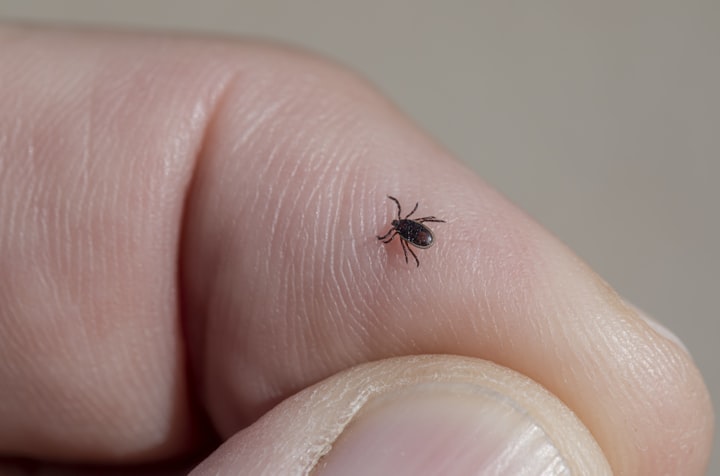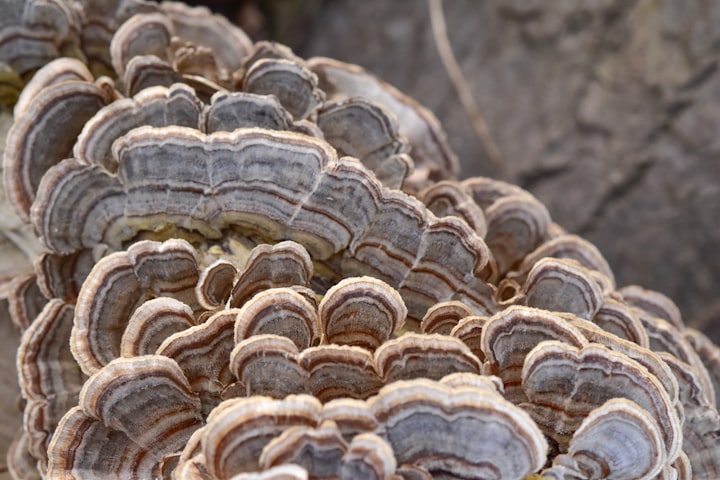Top 7 Infectious diseases caused by Parasites
Parasitic Diseases: Common Causes

Parasites are organisms that live on or inside other organisms, known as hosts, and derive their nutrition from them. Parasitic infections are caused by these organisms and can result in a wide range of diseases in humans. In this article, we will discuss some of the most common infectious diseases caused by parasites.
01. Malaria
Malaria is a life-threatening disease caused by the Plasmodium parasite, which is transmitted to humans through the bite of infected Anopheles mosquitoes. The symptoms of malaria include fever, chills, headache, and vomiting. In severe cases, it can lead to organ failure and death. Malaria is prevalent in tropical and subtropical regions, especially in sub-Saharan Africa, but it also occurs in some parts of Asia and South America. Prevention and control measures include the use of insecticide-treated bed nets, indoor residual spraying, and antimalarial drugs.
02. Giardiasis
Giardiasis is a diarrheal illness caused by the Giardia lamblia parasite. It is spread through contaminated food, water, or surfaces, and can cause symptoms such as diarrhea, abdominal cramps, bloating, and weight loss. Giardiasis is common in developing countries with poor sanitation and hygiene, but it can also occur in developed countries. Treatment includes the use of antiparasitic medication and rehydration.
03. Toxoplasmosis
Toxoplasmosis is an infection caused by the Toxoplasma gondii parasite. It is transmitted through contact with infected cat feces, undercooked meat, or contaminated soil. Most people with toxoplasmosis have no symptoms, but in some cases, it can cause fever, headache, muscle aches, and swollen lymph nodes. Pregnant women and people with weakened immune systems are at higher risk of developing severe symptoms. Treatment includes the use of antiparasitic medication.
04. Cryptosporidiosis
Cryptosporidiosis is a diarrheal illness caused by the Cryptosporidium parasite. It is spread through contaminated water or food, or by contact with infected animals or humans. Symptoms include diarrhea, stomach cramps, nausea, and vomiting. Cryptosporidiosis is common in developing countries with poor sanitation and hygiene, but it can also occur in developed countries. Treatment includes rehydration and the use of antiparasitic medication.
05. Schistosomiasis
Schistosomiasis is a disease caused by parasitic flatworms of the genus Schistosoma. It is transmitted through contact with contaminated water, usually in rural or impoverished areas of sub-Saharan Africa, South America, and Southeast Asia. The symptoms of schistosomiasis include itching, rash, fever, abdominal pain, and blood in the urine or stool. Chronic infection can lead to damage to the liver, spleen, and other organs. Treatment includes the use of antiparasitic medication.
06. Taeniasis/Cysticercosis
Taeniasis is an infection caused by the tapeworm Taenia saginata or Taenia solium. It is transmitted through the consumption of undercooked or raw beef or pork, respectively. Cysticercosis is a more serious condition caused by the ingestion of the eggs of the T. solium tapeworm. In cysticercosis, the eggs hatch into larvae that can migrate to different organs, including the brain, causing seizures, headaches, and other neurological symptoms. Taeniasis and cysticercosis are common in developing countries, but they can also occur in developed countries. Treatment includes the use of antiparasitic medication and, in the case of cysticercosis, sometimes surgery
07. Leish
Leishmaniasis is a disease caused by parasites of the Leishmania genus. It is transmitted to humans through the bite of infected sandflies. Leishmaniasis can affect the skin, mucous membranes, and internal organs, depending on the species of the parasite and the immune response of the host. The symptoms of leishmaniasis can range from mild skin lesions to disfiguring ulcers and systemic illness. Leishmaniasis is endemic in more than 90 countries, mainly in the tropics and subtropics, and affects an estimated 1 million people each year. Treatment includes the use of antiparasitic medication, and in some cases, surgery or other supportive measures may be necessary. Control measures include the use of insecticide-treated bed nets, vector control, and public health education





Comments
There are no comments for this story
Be the first to respond and start the conversation.